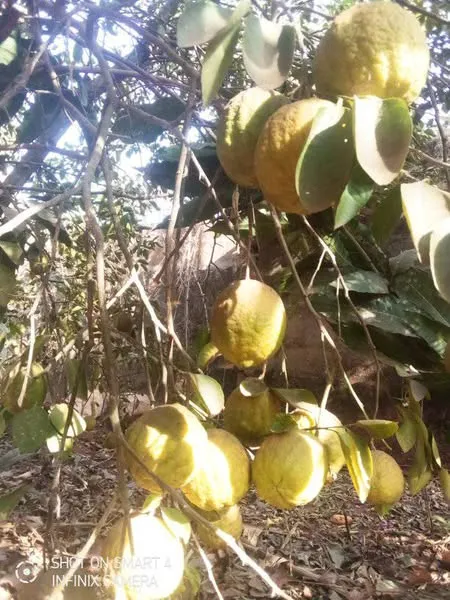
The lemon (Citrus limon), a species of the Rutaceae family, is a highly versatile fruit with profound economic, health, and culinary significance. Its global cultivation spans regions from India to the Mediterranean, reflecting its adaptability and value across diverse climates and cultures.
Economic Importance.
Lemon production is a vital agricultural sector, contributing significantly to local and global economies. Its derivatives, including juice, essential oils, and zest, are key commodities in food, pharmaceutical, and cosmetic industries (Ahmad et al., 2006). The high demand for lemons as a natural preservative and flavor enhancer has established it as a staple in international trade, fostering job creation and economic growth in major producing countries such as India, Mexico, and Spain (FAO, 2020).
Health Benefits
Lemons are renowned for their health-promoting properties, primarily due to their rich vitamin C content and bioactive compounds, such as flavonoids and limonoids. These constituents exhibit antioxidant, anti-inflammatory, and antimicrobial activities, supporting immune function and reducing the risk of chronic diseases (Miller et al., 2018). Additionally, lemon juice is a natural remedy for digestive issues, aiding in detoxification and pH balance. Regular consumption has been linked to improved cardiovascular health and reduced oxidative stress, making lemons a functional food with substantial therapeutic potential (González-Molina et al., 2010).
Culinary and Agricultural Advantages
In culinary applications, lemons are unparalleled for their acidity and aromatic zest, which enhance flavor in sweet and savory dishes (Rafiq et al., 2016). They are used in marinades, beverages, dressings, and desserts, exemplifying their versatility. Beyond human consumption, lemons benefit agriculture through intercropping systems, where their byproducts serve as organic fertilizers and natural pest deterrents (Sharma et al., 2017). Moreover, the citrus industry contributes to sustainable farming practices by utilizing lemon peels in composting and bioenergy production (Mamma et al., 2008).
Conclusion
The economic, health, and culinary advantages of Citrus limon underscore its integral role in human life and agriculture. Its diverse applications across sectors highlight the enduring significance of this small but mighty fruit in addressing global health and sustainability challenges.
References
Ahmad, I., Mehmood, Z., & Mohammad, F. (2006). Screening of some Indian medicinal plants for their antimicrobial properties. Journal of Ethnopharmacology, 107(2), 182-188.
FAO. (2020). Citrus fruit production and global trade. Food and Agriculture Organization of the United Nations.
González-Molina, E., Domínguez-Perles, R., Moreno, D. A., & García-Viguera, C. (2010). Natural bioactive compounds of citrus limon for human health. Phytochemistry Reviews, 9, 541–552.
Mamma, D., Kourtoglou, E., & Christakopoulos, P. (2008). Fungal multienzyme production on industrial by-products of the citrus-processing industry. Bioresource Technology, 99(7), 2373-2383.
Miller, N. J., Sampson, J., & Candeias, L. P. (2018). Vitamin C and antioxidant activities in citrus fruits. Nutritional Biochemistry, 11, 121-134.
Rafiq, S., Kaul, R., Sofi, S. A., Bashir, N., Nazir, F., & Nayik, G. A. (2016). Citrus peel as a source of functional ingredient: A review. Journal of the Saudi Society of Agricultural Sciences, 17(2), 351-358.
Sharma, A., Gupta, S., & Aggarwal, M. (2017). Sustainable agricultural practices in citrus production. International Journal of Agronomy, 2017, 1-12.